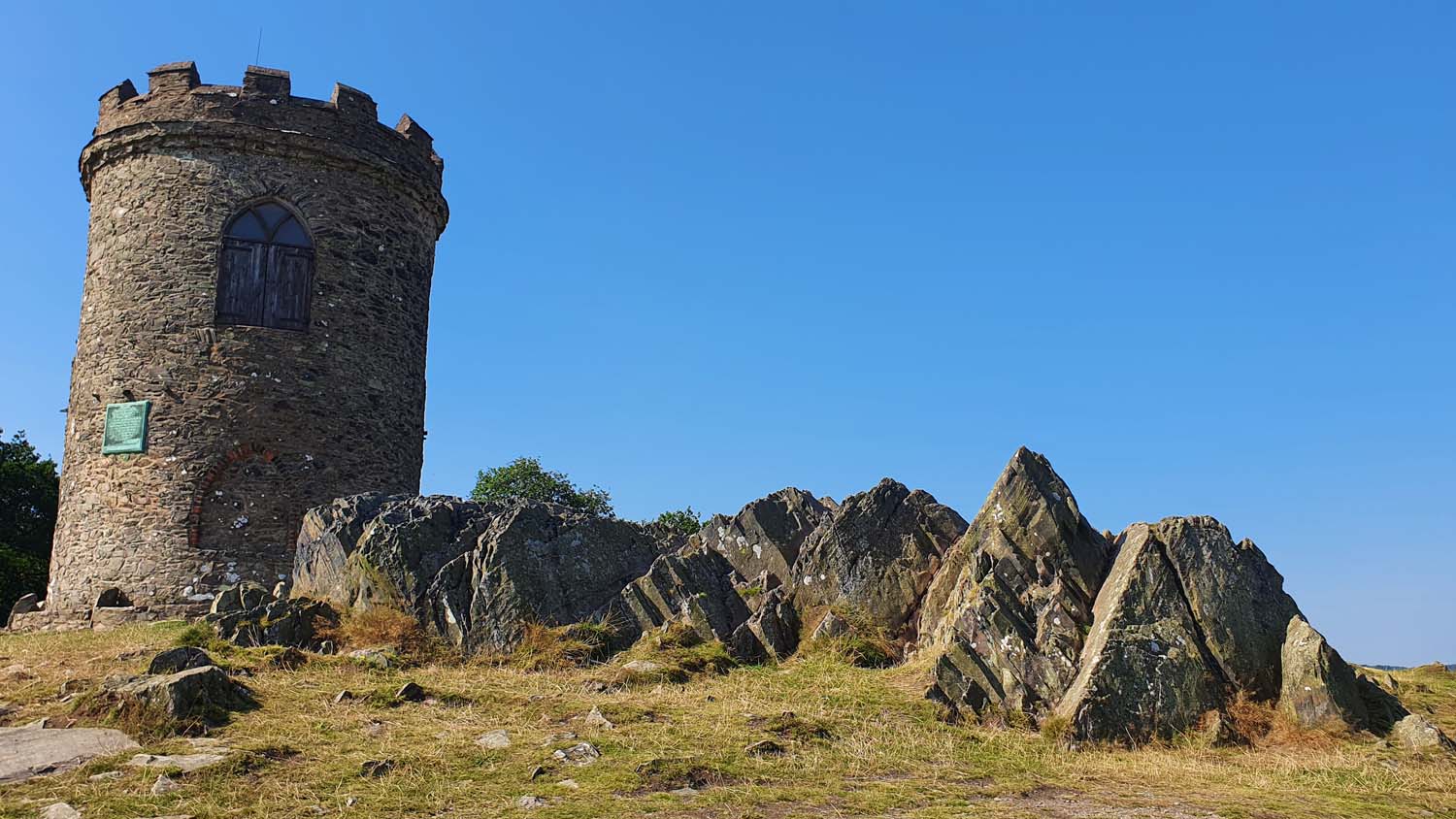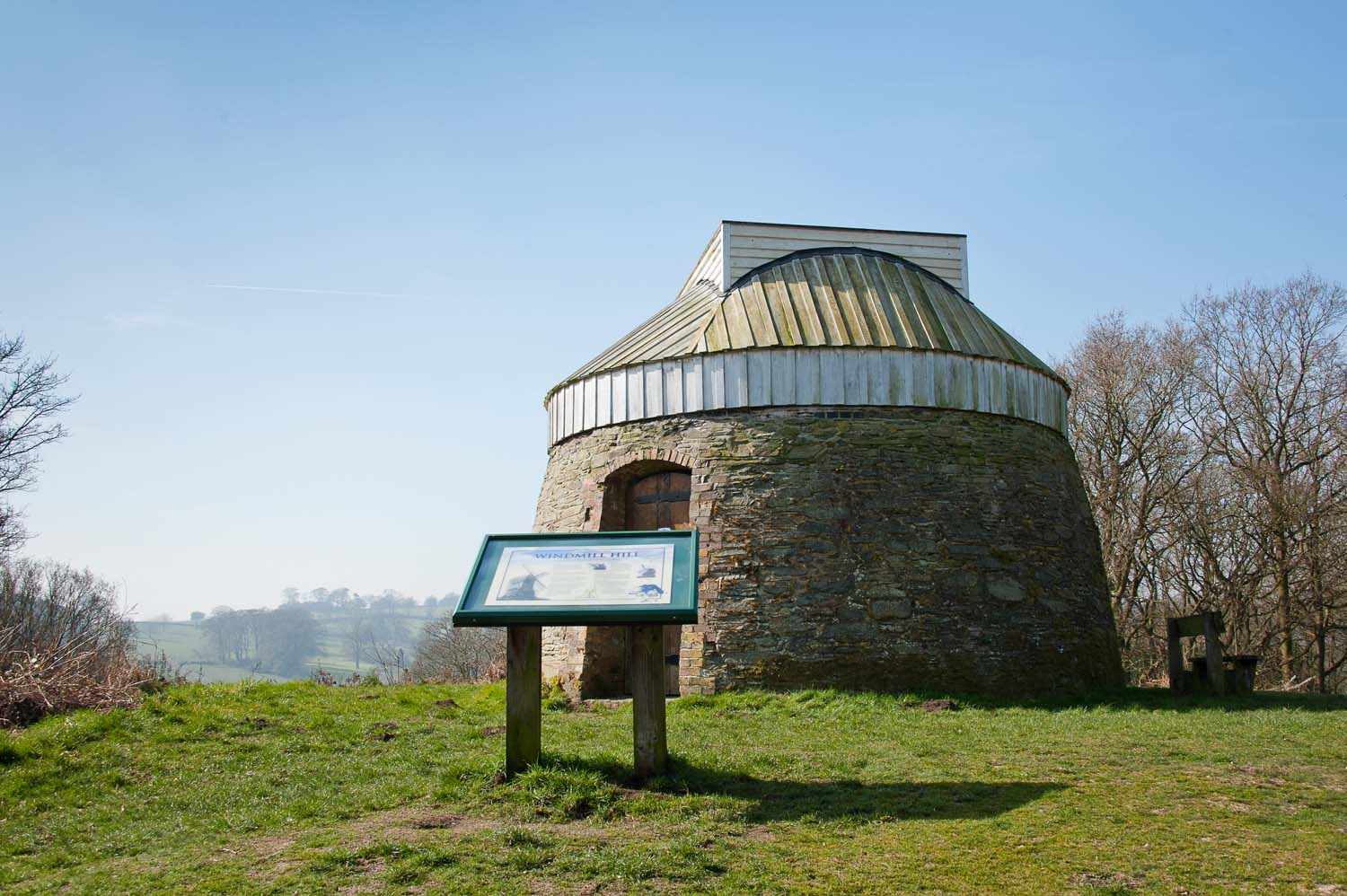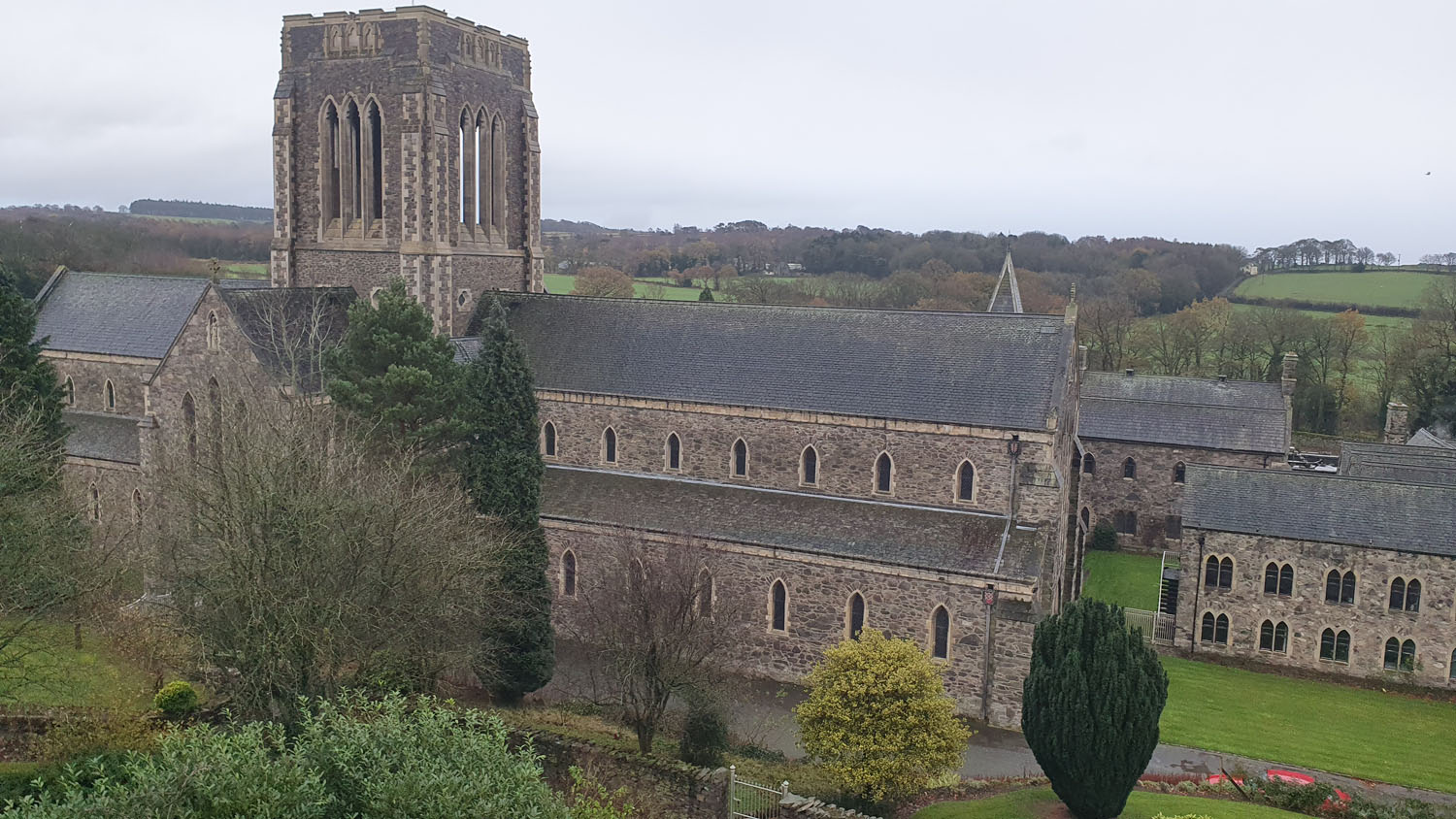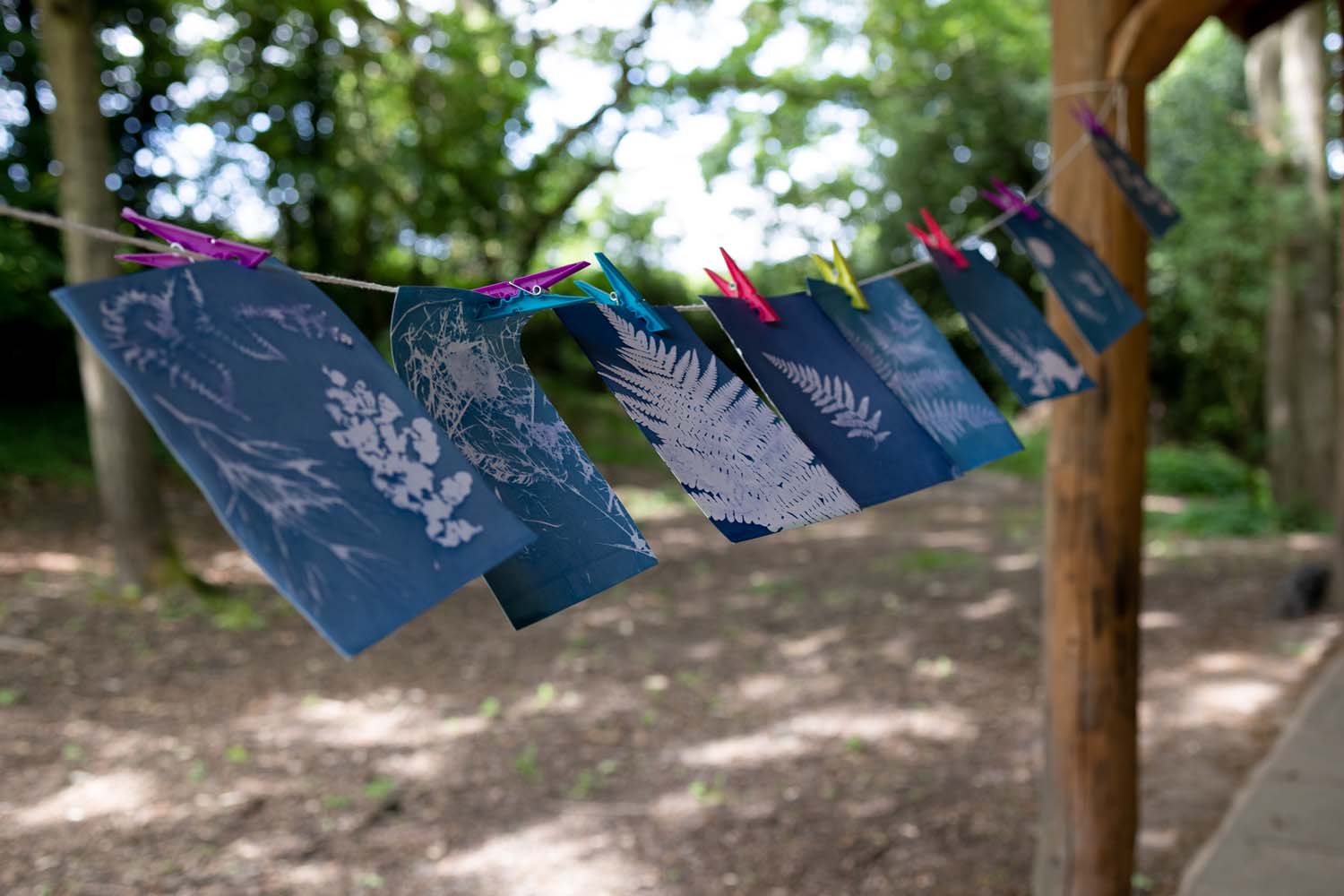
EXPLORE
Our Cultural Heritage
Extending over fifteen thousand years from the Upper Palaeolithic to the modern day, the historic landscape of Charnwood Forest offers an exciting array of cultural heritage. Discover our incredible story.

COME VISIT US
Visit Our Sites
From Palaeolithic sites, to medieval deer parks, and arts & crafts cottages, discover Charnwood Forest’s cultural heritage through our map.
The People of the Stone Wood
Charnwood Forest has been an important centre for human activity since Prehistoric times with early evidence of settlement and the exploitation of its stone resources. Over time, many groups of people have left their mark on this incredible landscape, from nomadic hunter gatherers present fifteen thousand years ago to the monks of Mount Saint Bernard Abbey who arrived in the nineteenth century.

The Shaping of an Upland Landscape
The landscape of Charnwood Forest is replete with evidence of the people who settled here, exploiting its rich resources in order to make their living. The Upper Palaeolithic open-air camp discovered in Bradgate Park changed the way that scholars thought about the people of this period. Across every period from the Prehistoric onwards, people have quarried Charnwood Forest’s stone. The Romans used granite from Mountsorrel, Hill Hole and Groby to create Leicester’s city walls, and Swithland slate was used roof their forum. As part of the kingdom of Mercia, rare Anglo-Saxon sculpture in Rothley underlines the area’s importance. The region’s place-names reveal evidence of Romano-British, Anglo-Saxon and Scandinavian settlement, alongside the influence of the Anglo-Norman language at Beaumanor and Mountsorrel. Post-Conquest, several monastic orders settled in the region, at Ulverscroft, Charley, Rothley and Grace Dieu. The Forest also provided the perfect location for several medieval deer parks, including at Bradgate, Beaumanor and Shepshed. Into the modern period, quarrying on a more industrial scale helped to shape the landscape that we see today.
Charnwood Forest in Art
Our Geopark has been inspiration for generations of artists. One of the most prominent artists to reflect on our landscapes is John Constable, who painted the view of Bardon Hill from Coleorton, around 1823. John Ferneley, acclaimed painter of horses, depicted several scenes of Charnwood Forest, including ‘Mountsorrel, Leicestershire’ in 1842, and ‘Archery Meeting in Bradgate Park in 1850.
In 1862 John Roger Herbert painted Laborare est Orare. The scene features the monks of Mount St. Bernard’s Abbey gathering the harvest, surrounded by the characteristic rocky crags Charnwood Forest. The prominent Scottish art collector and landscape watercolourist, James Orrock, painted a scene of Bradgate Park’s rock outcrops in 1882.

Credit: Tate
Reconnect with nature in Charnwood Forest Geopark
There are many ways that you can help and support Charnwood Forest – discover the one that works for you
